Sandstone head of a divinity mounted on a stand
Cambodia, Ancient Khmer Empire
Angkor Wat period
12th-13th century
The face, with its great gentleness, is characterized by delicately drawn eyebrows meeting at the base of the nose. The almond-shaped eyes are wide open, with well-defined pupils and thick eyelids. A flat nose overhangs a mouth with full lips sketching a discreet smile, a classic expression of Khmer statuary of this period.
Prominent cheekbones, a small chin crossed by a dimple, the ears with lobes distended by the weight of the ornaments. The temples adorned with small locks of hair, the hairstyle elaborated in long braids brought to the top of the skull and extending into a high bun decorated with floral motifs. A high tiara richly decorated with geometric patterns encircles the head.
Our piece, characterized by a broad and serene face, half-closed eyelids, a slight smile and an elaborate headdress, is part of the classical style of Khmer art at its peak. Two different hypotheses of stylistic identification are then offered to us, each being distinctly linked to a major phase of the religious and political history of the Angkorian empire:
°°° Hindu hypothesis
In the first half of the 12th century, during the reign of Suryavarman II, the temple of Angkor Wat was erected in honor of Vishnu, the protective deity of the cosmic order. The king also had himself represented in the guise of this god, according to the Khmer tradition of the deified king, thus embodying his sacred power on earth.
In this specific case, it could therefore be a representation of Vishnu or of the deified sovereign Suryavarman II.
°°° Buddhist Hypothesis
At the end of the 12th century, King Jayavarman VII imposed Mahāyāna Buddhism as the state religion. During his reign, numerous effigies of the bodhisattva Avalokiteshvara, embodying compassion and wisdom, were sculpted throughout the kingdom. The sovereign sometimes depicted himself with these idealized features.
In this other case, we would then be in the presence of a representation of a bodhisattva or an idealized representation of Jayavarman VII.
Sandstone
Surface erosion and visible accidents
23 x 15 cm without stand
European private collection
Contact us: culturesetcivilisations@orange.fr



























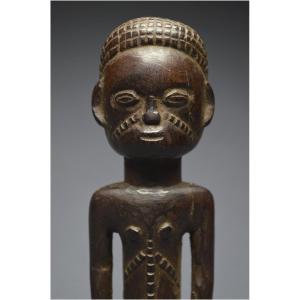

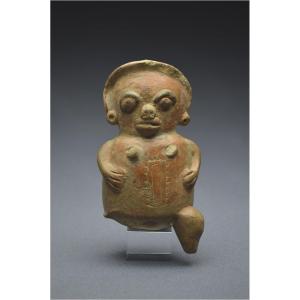

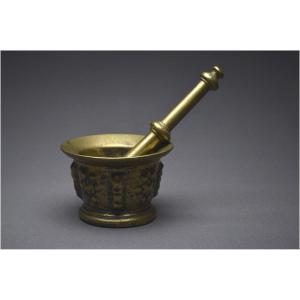
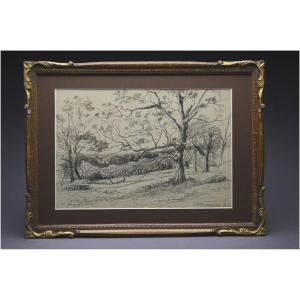
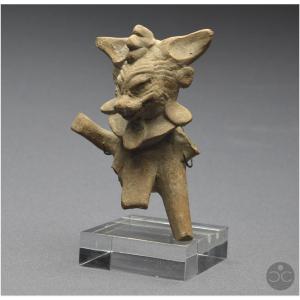

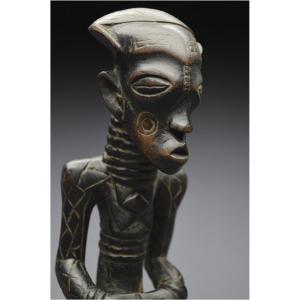
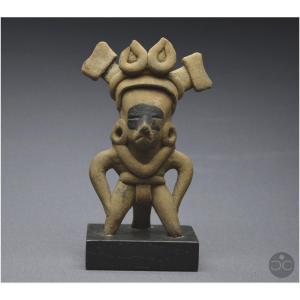
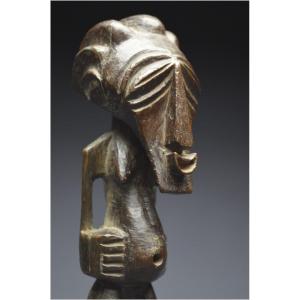
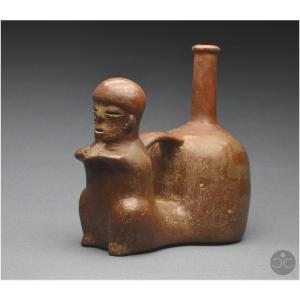


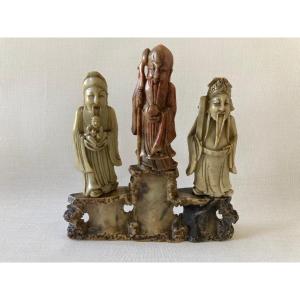







 Le Magazine de PROANTIC
Le Magazine de PROANTIC TRÉSORS Magazine
TRÉSORS Magazine Rivista Artiquariato
Rivista Artiquariato